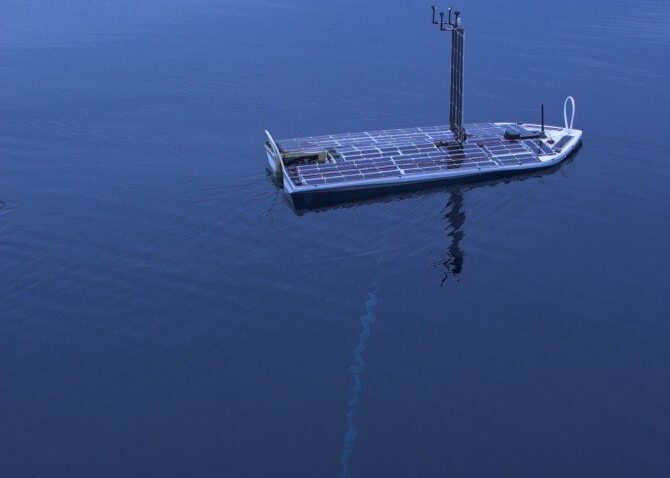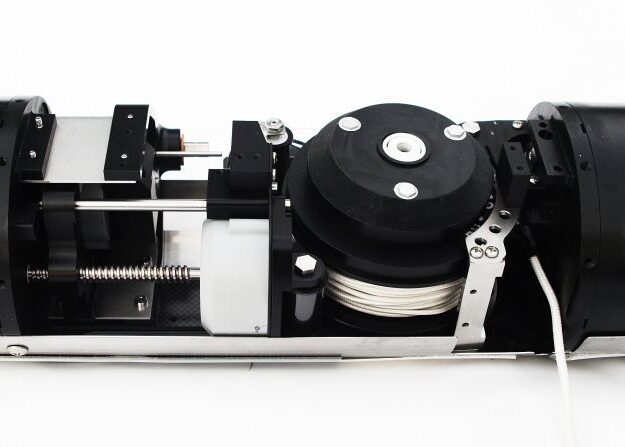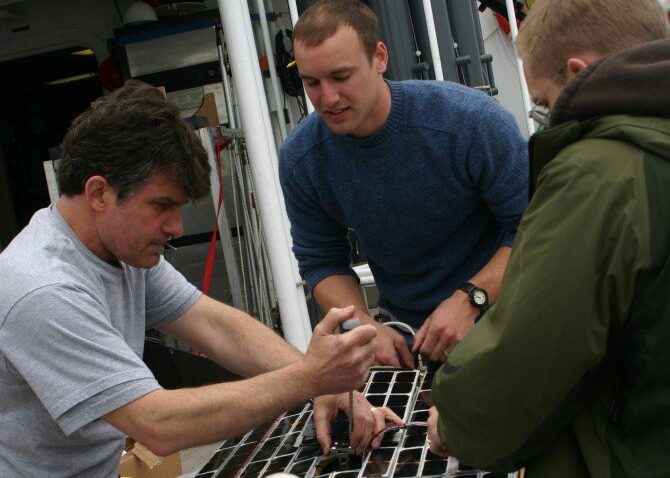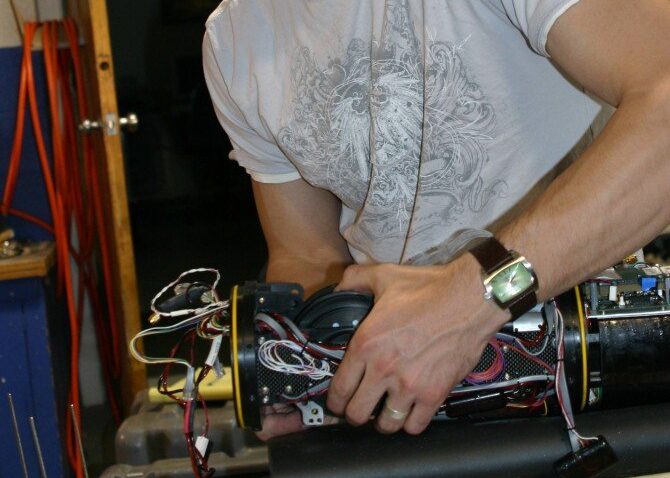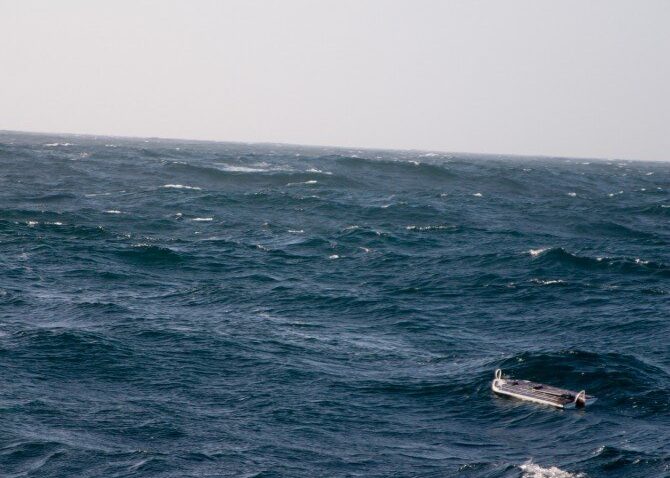POS-SKB
SeaLandAire completed Phase I and Phase II contracts for Persistent Ocean Surveillance Station Keeping Buoy (POS-SKB) in response to DARPA BAA 04-33 Station-Keeping Energy Harvesting Sensors. The system was intended to provide continuous un-moored acoustic surveillance within a given watch circle for extended periods of time. As such, the primary focus of the program revolved around balancing the competing requirements for station keeping and energy harvesting while still providing a viable acoustic sensor.
SeaLandAire’s design, which is foundational to our current PUMA autonomous surface vehicle technology, harvested energy from solar radiation and vertical wave motion and harnessed energy from wind and waves. The heart of the navigation system was a miniaturized 6-DOF Attitude & Heading Reference System (AHRS) coupled with a GPS receiver. The motor and generator used for propulsion and wave energy harvesting were custom designed for small size and high efficiency, supporting the overall effort to provide an efficient, reliable system compatible with tactical sonobuoy logistics. Because it was engineered to be deployed froma B-size sonobuoy tube, many other subsystems were custom designed for the vehicle, including the hull, triple – junction GaAs solar array, anemometer, steering actuators, distributed embedded processor PCBs, and inductive coupler for data and power tranmission across a flooded ‘air gap’.
SeaLandAire’s hardware successfully maintained station in adverse marine environments for over 120 hours, averaging less than 3 meters deviation from the designated station keeping point.

